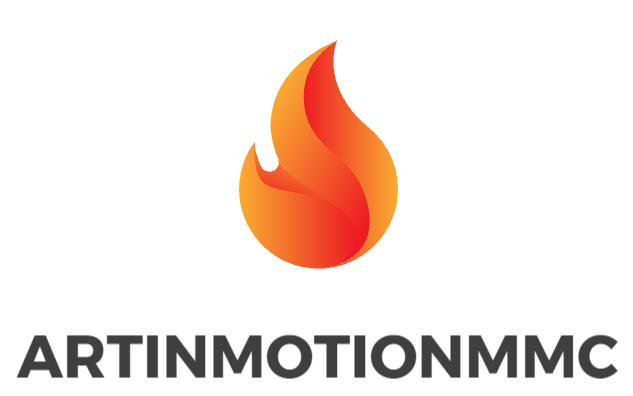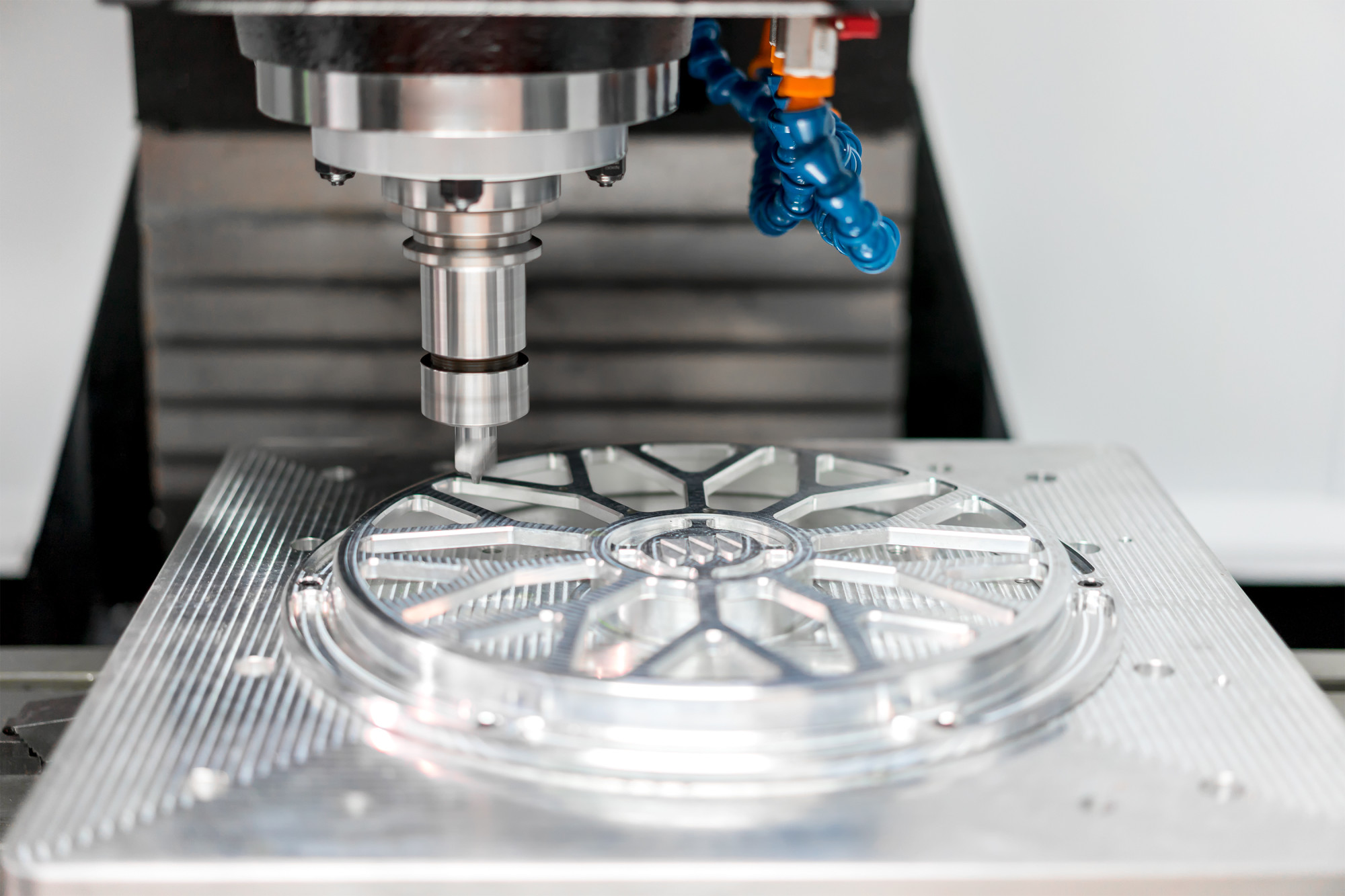Rapid tooling has many other names like soft tooling and prototype tooling. Rapid tooling is pared-back tooling that will enable you to get components quickly and cheaply. It's essential to know the difference between realization and concept. There are many avenues you can use to achieve the same results. Any injection tooling type manufactured cheaply and quickly enables component validation and testing. It does this before starting production tooling.
People validate and test components in a prototyping stage of new part development. They use rapid tooling to achieve this step. It's the key reason they use this tooling in manufacturing. Other prototypes like CNC, vacuum testing or 3D printing can allow cheaper and faster prototypes. The key advantage of this rapid tooling is in the materials and process.
Prototool (HLM rapid tooling)
Rapid tooling permits the use of actual production material grades. They make the component's behavior clearer in real-world applications. They aid you to do tests and confirming you have used the best materials. You can use the components for impact and stress testing. For example, you explore all weak areas resulting from weld lines and other imperfections. The imperfections can be from warping or shrinking. The data will help you determine if you need to do any changes. You will do this before you get into the expensive manufacturing tooling.
People use this rapid tooling to test production parameters and ensure they get components that cat and fill correctly. Designers and engineers can now catch more future flaws in processes and implement measures and designs that prevent problems with the end products.
Other than testing and prototyping mentioned, there are many other reasons you need to select rapid prototyping. The manufacturing of injection components using the rapid option is principally cheap. The speed advantage allows you in getting components to the market faster.
Several approaches depend on requirements and parts in making rapid tools. The overall idea is the time taken and the costs involved in manufacturing. The techniques used here are manual inserts, cutting additional processes like EDM and using soft steel or aluminum that machines faster. You can also utilize the standard mold bases, cheap components, or manufacturing inserts.
An emerging option is to make use of 3D printing in both metals and plastics in replacing conventional parts of tools.
Begin with HLH today
The diverse company approaches manufacturing of the rapid tools in unique ways. Despite this, the nature of product development and rapid tooling process means many specialist industries can offer flexibility levels to attain what clients need.
Conclusion
What should you know when sourcing for rapid tooling manufacturer for a project? Basically, you need to stay clear on what you want as your end product. The cheap cost and increased speed of rapid tooling compared to conventional tooling production will also affect your end product. Despite these effects on the end product, provided you know what you want will make your needs clear to your manufacturer. Try to limit surprises by not knowing exactly the nature of the product you need.


